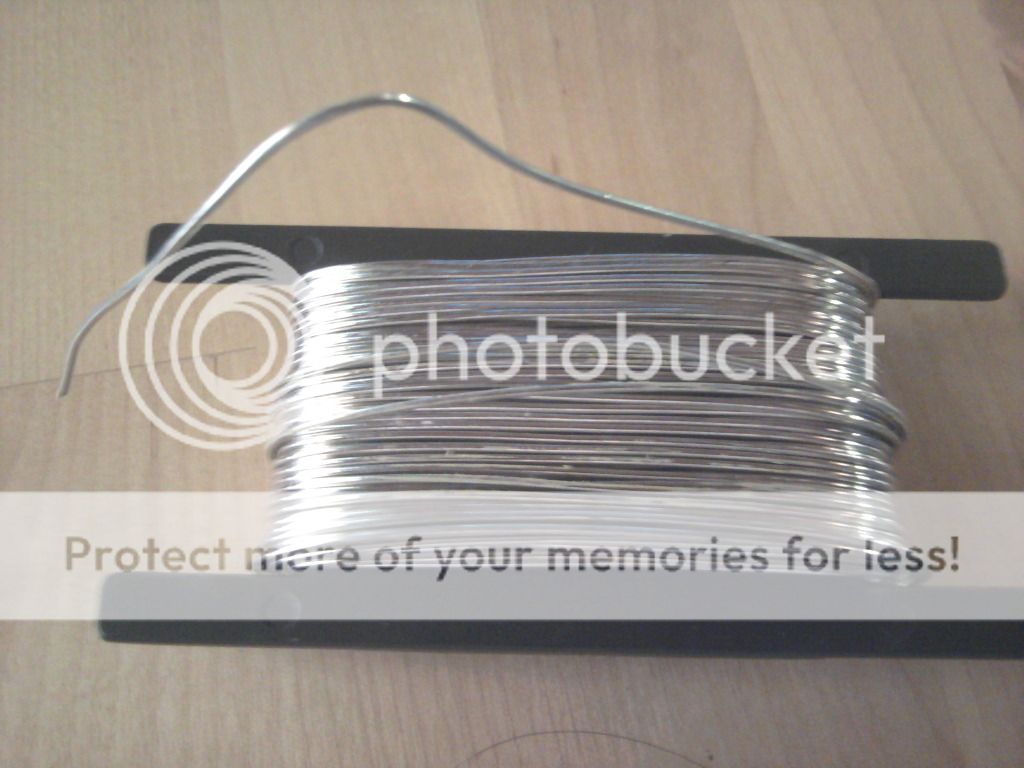Hi all, just a quick question I had no luck answering using the forum's search engine.
I must complete a driver board which will be long and thin and positioned in a tight squeeze. Amongst other material I have found 25m of escellent solid core AG/CU wire 1mm thick. It is a breeze to solder, rigid enough to be shaped and is new (in hermetic bag).

Can I use it for the onboard connections? I would use it to provide some framwrok to other components. All HV cables will be Teflon/silk soft wires but for signal path I could definetely use a rigid wire. Is there an issue with using it even tough it is lacking insulation? Is there an audible difference?
Thanks
I must complete a driver board which will be long and thin and positioned in a tight squeeze. Amongst other material I have found 25m of escellent solid core AG/CU wire 1mm thick. It is a breeze to solder, rigid enough to be shaped and is new (in hermetic bag).

Can I use it for the onboard connections? I would use it to provide some framwrok to other components. All HV cables will be Teflon/silk soft wires but for signal path I could definetely use a rigid wire. Is there an issue with using it even tough it is lacking insulation? Is there an audible difference?
Thanks
So I can use it without fear of noise/hum ecc? For signal transport within the casing I will use good signal wire with excellent shieldding but for board wiring I wanted to use this.
I sleeve this type of wire with PTFE, any input signal wires should be screened to the grid or input caps. You can make your own using PTFE insulated single cable and screening with aluminium foil with bare drain wire wrapped around the foil cover with heat shrink.
Regards
M. Gregg
Last edited:
Whether wiring introduces noise or hum depends on things like where the wiring goes, what loops it encloses, what if any screening it has, whether it is near grounded metal etc. How thick it is is almost irrelevant (except that thicker wire will have slightly higher capacitance to other objects) and what it is made of or plated with affects how easy it is to solder. As I said, it is just wire.
Bare wire can be harder to get right, simply because you have to use spacing in lieu of insulation so you get bigger loops.
Bare wire can be harder to get right, simply because you have to use spacing in lieu of insulation so you get bigger loops.
On a positive note, if you look inside classic General Radio Corp. test gear like bridges and resistance boxes, you'll find many things wired with heavy tinned copper buss wire. Without insulation you don't have to worry about increased capacitance and dielectric constant of the insulation. OTOH, using small gage wire reduces capacitance too.
photos of how GR did things
photos of how GR did things
Last edited:
- Status
- This old topic is closed. If you want to reopen this topic, contact a moderator using the "Report Post" button.
- Home
- Amplifiers
- Tubes / Valves
- PtP wiring: Solidcore unshielded cable